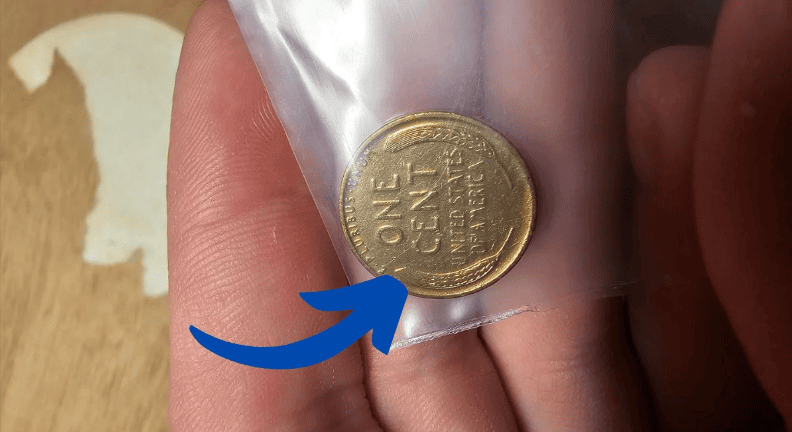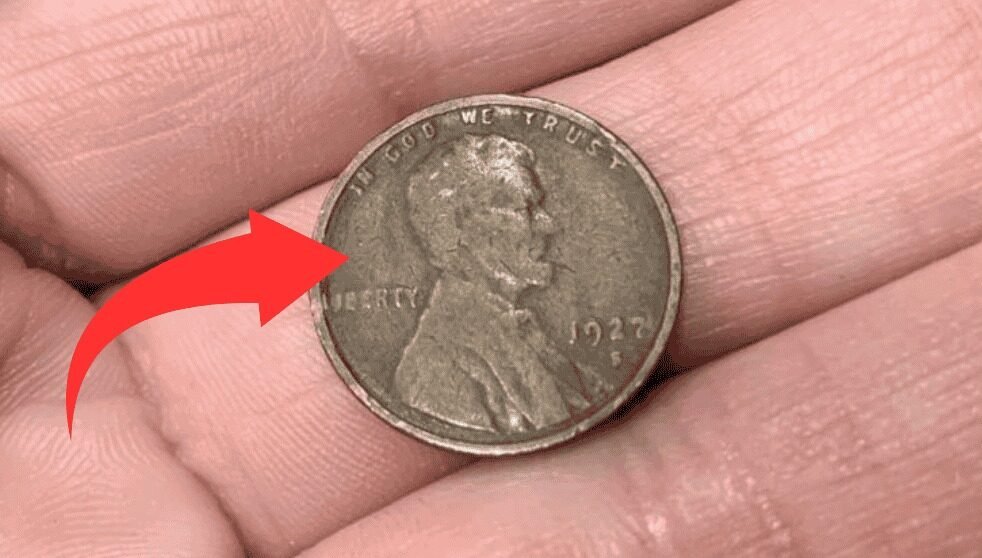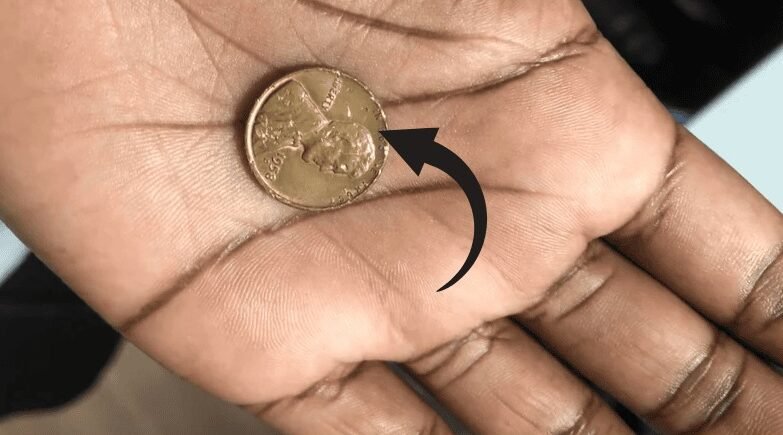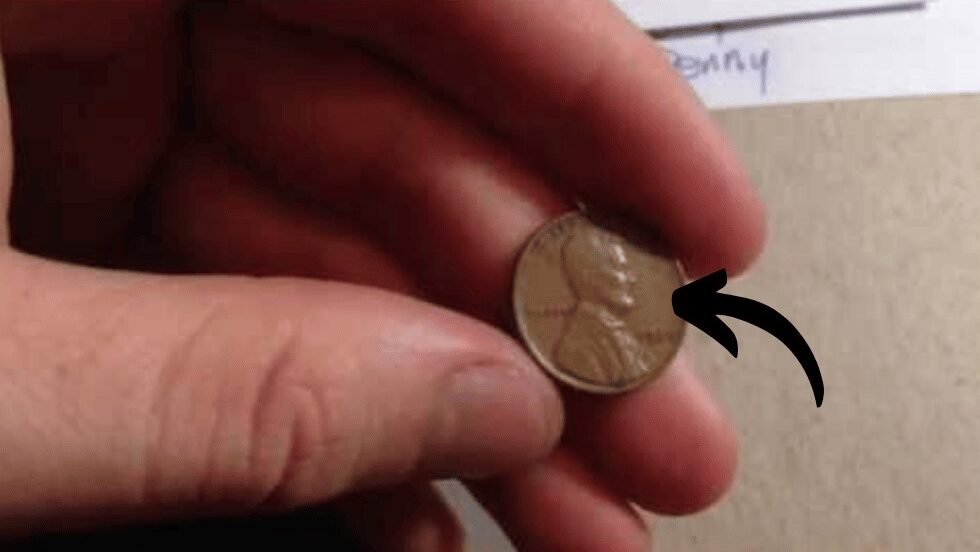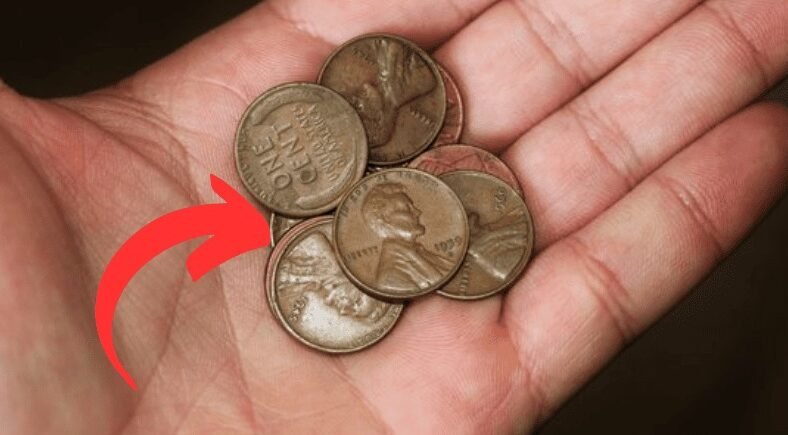Imagine finding a coin in your pocket worth over $100,000. Sounds impossible, right? But for some lucky people, it’s a reality. A rare Lincoln Wheat Penny is currently valued at an astonishing $111,000, and the best part is that it might still be circulating.
This small copper coin could be tucked away in your coin jar or wallet without you even realizing its true worth. Let’s explore why this penny is so special, how to spot it, and how you could be the next one to find this rare treasure.
What Is the Lincoln Wheat Penny?
The Lincoln Wheat Penny was first minted in 1909 in the United States. This penny is easily recognizable because of the two wheat stalks shown on the back, which is why it’s called the “wheat penny.”
Produced until 1958, these pennies are popular among coin collectors for their distinct design and historical significance. Most Lincoln Wheat Pennies are worth only a few cents, but some rare versions are worth a lot more due to minting errors or unique features.
Why Is One Worth $111,000?
Not all Lincoln Wheat Pennies are worth that much. The penny valued at $111,000 is a rare version with a minting mistake or unusual feature.
Over the years, some Lincoln Wheat Pennies were made with errors such as double stamping, using the wrong metal, or missing certain details.
These errors are very rare, making them highly desirable to collectors who are willing to pay huge amounts for these unique coins.
One of the most famous and valuable error coins is the 1943 copper Lincoln Wheat Penny. In 1943, due to World War II, most pennies were made from steel to conserve copper.
However, a small number of pennies were mistakenly struck with copper instead of steel. Only a handful of these rare 1943 copper pennies exist, and that’s why they are so valuable—one was sold for over $100,000!
How to Spot a Rare Lincoln Wheat Penny
Wondering if you have a rare Lincoln Wheat Penny on your hands? Here are some tips to help you identify a valuable one:
1. Look at the Year
Any coin from 1909 to 1958 is a Lincoln Wheat Penny. But some years are rarer or have unique features, so it’s worth checking.
2. Check for Unusual Colors or Metals
If you have a 1943 penny, it should be steel, not copper. If it’s copper instead, you might have one of the rare 1943 copper pennies.
3. Look for Minting Errors
Minting errors can make a coin valuable. Double numbers, missing letters, or off-center prints can all increase a penny’s worth. A magnifying glass can help you spot the finer details.
4. Consult a Coin Expert
If you’re unsure, consider getting a second opinion from a coin expert who can help you determine whether your penny is rare or valuable.
Where to Look for a Rare Lincoln Penny
You might be wondering where you could find a Lincoln Wheat Penny. Here are some common places to search:
- Old piggy banks
- Coin jars or old wallets
- Change you receive from shops
- Family coin collections
- Antique shops or flea markets
Sometimes people don’t realize the value of these coins and end up spending them as regular pennies. If you come across one of these old pennies, it could be worth a lot more than its face value.
Should You Keep or Sell It?
If you find a Lincoln Wheat Penny, especially one with minting errors or rare features, don’t rush to spend it. Here’s what you can do:
- Keep it as an investment: Rare coins can appreciate over time.
- Sell it to a collector or at a coin auction: You might make a lot of money by selling it to the right buyer.
- Add it to your personal coin collection: If you’re a collector, this could be a valuable addition to your collection.
While most Lincoln Wheat Pennies are just old coins, some of them are worth a small fortune. A rare penny could be sitting unnoticed in your home, waiting to be discovered.
So, the next time you get some change, take a closer look—it could be a tiny treasure worth thousands! Always check old coins before spending or discarding them. A little attention could lead to a big reward.
FAQs
What is a Lincoln Wheat Penny?
The Lincoln Wheat Penny is a coin that was minted in the United States from 1909 to 1958. It features a portrait of Abraham Lincoln on the front and two wheat stalks on the back. Some rare versions of this penny are highly valuable due to minting errors.
Why is one Lincoln Wheat Penny worth $111,000?
A 1943 copper Lincoln Wheat Penny, due to a minting error where a small number of pennies were mistakenly struck with copper instead of steel, has sold for as much as $111,000. Only a handful of these rare pennies exist, making them highly sought after by collectors.
How can I identify a rare Lincoln Wheat Penny?
To identify a rare Lincoln Wheat Penny, look for the year 1909 to 1958. Pay special attention to the 1943 pennies, as they should be made of steel, but if it’s copper instead, it could be a valuable error coin. Also, look for double stamping or other minting mistakes.
Where can I find a Lincoln Wheat Penny?
You can find Lincoln Wheat Pennies in old coin jars, piggy banks, change from stores, family coin collections, and even antique shops or flea markets. Sometimes, people don’t realize their value and spend them as regular coins.
What should I do if I find a rare Lincoln Wheat Penny?
If you find a Lincoln Wheat Penny, especially one with an error, don’t rush to spend it. Get it checked by a professional coin appraiser or expert to determine its value. If it’s rare, you could sell it to a collector, keep it as an investment, or add it to your personal collection.

